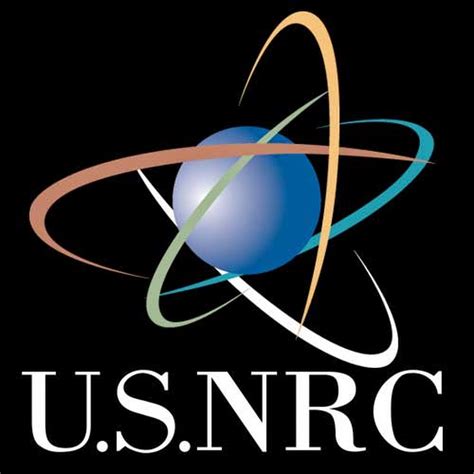On Friday, April 14, the five Commissioners of the US Nuclear Regulatory Commission (NRC) announced in a unanimous vote that fusion energy would be regulated in the United States under the same regulatory regime as particle accelerators. Such an approach, listed in the United States under the byproduct materials regulatory regime (10 CFR Part 30), would separate the regulatory oversight of fusion from the utilization facilities regime (10 CFR Parts 50 & 52) that regulate nuclear fission energy. This is an important decision that will give fusion developers the regulatory certainty they need to innovate while they grow fusion energy into a viable new energy source, while also most effectively protecting the safety, security, and health of the public.
The FIA’s position has maintained that the case is clear: fusion energy is not nuclear fission, and therefore should not be regulated as such. Today’s decision affirms that principle, and the five NRC Commissioners deserve commendation for making this decision.
The NRC staff, in the Options Paper (SECY-2023-0001) put forward in January, had already asserted that the NRC’s byproduct material framework “would provide a technology-neutral basis for the licensing and oversight of the broad array of fusion energy systems currently under development.” This decision by the Commissioners affirms Option 2 from that paper as the preferred option. Further, it outlines that there will only be a limited-scope rulemaking to ensure that the Agreement states are prepared to uniformly regulate fusion. While the ultimate authority for fusion regulation resides with the NRC, under the agreement state program, the States, rather than the NRC, will shoulder the largest responsibility for regulating commercial fusion facilities in the future.
Furthermore, the Staff Requirements Memorandum (SRM), which outlines how the Commissioners expect NRC staff to implement this decision, gives guidance that directs the staff to work with agreement states to look forward and notify the Commission about the scale and regulatory impacts of new fusion devices coming close to application and license. This will affirm that the regulatory regime remains fit for purpose.
Background – FIA Position on Regulation
For over two years, the FIA and its member companies have engaged in a series of public meetings hosted by the NRC in an open and transparent process that has helped to develop a literate understanding of the technical issues and hazards presented by fusion. The full record of these meetings is available online on the NRC’s website. Throughout this process, the FIA has maintained that the technical safety case is clear: fusion is not like fission, and therefore should not be regulated as such.
This decision to place fusion in Part 30 is the most technically appropriate fit for fusion devices. The radiological hazards presented by fusion devices—tritium management, radiation produced during operations, and low-level waste—are well understood and have been regulated under Part 30 in relation to other technologies for decades. While commercial fusion energy production will be a new technology, fusion research devices are already regulated today under Part 30. Embedded below is a letter the FIA sent to the NRC in August outlining the full discussion of fusion safety and regulatory issues.
External Support for the Byproduct Materials Approach
The announcement today will provide clear guidance on the safety and environmental aspects of fusion energy, as well as the commercialization and deployment of fusion power plants. The approach is similar to the regulatory approach the UK is putting in place for fusion.
In February, the four co-chairs of the Bipartisan Congressional Fusion Energy Caucus, Representatives Trahan, Obernolte, Beyer, and Fleischmann, sent a letter urging the Commission “to select a regulatory framework for fusion energy based on the significantly lower practical risks of fusion facilities (as compared to fission reactors).” The full letter is embedded below.
In August, Senator Carper, Chairman, and Senator Capito, Ranking Member, of the Senate Environment and Public Works (EPW) Committee sent a letter to the Chairman of the Nuclear Regulatory Commission supporting the ongoing work of the NRC staff to craft a new framework for fusion energy. The letter notes fusion’s inherent safety, saying “Leading scientists from around the world have determined that fusion does not pose safety concerns similar to fission. Unlike fission, fusion does not use or generate fissile material, raises minimal proliferation concerns, and can be turned off on demand.” The letter, embedded below, also encourages the NRC to examine how to fit fusion into the existing regulatory framework currently used for experimental fusion devices.
Fusion energy at scale will offer virtually limitless energy that is clean, safe, and sustainable. However, until now, the regulatory framework for fusion energy has been uncertain, making it challenging for companies and investors to know how to prepare. Today’s decision is a major step towards realizing the potential of fusion energy as a safe, reliable, and sustainable source of power. With the certainty provided by the Commission’s decision, developers and investors will be able to accelerate their efforts and bring fusion energy to market.
More and source material here.
